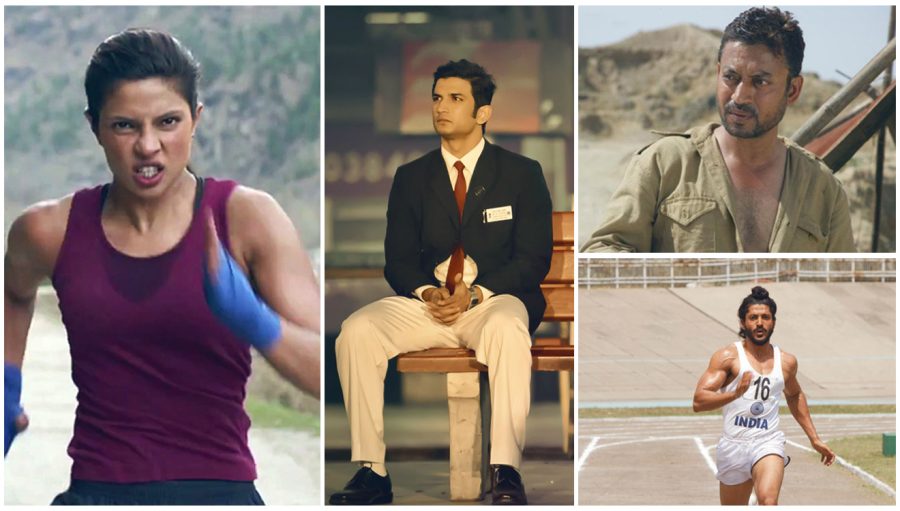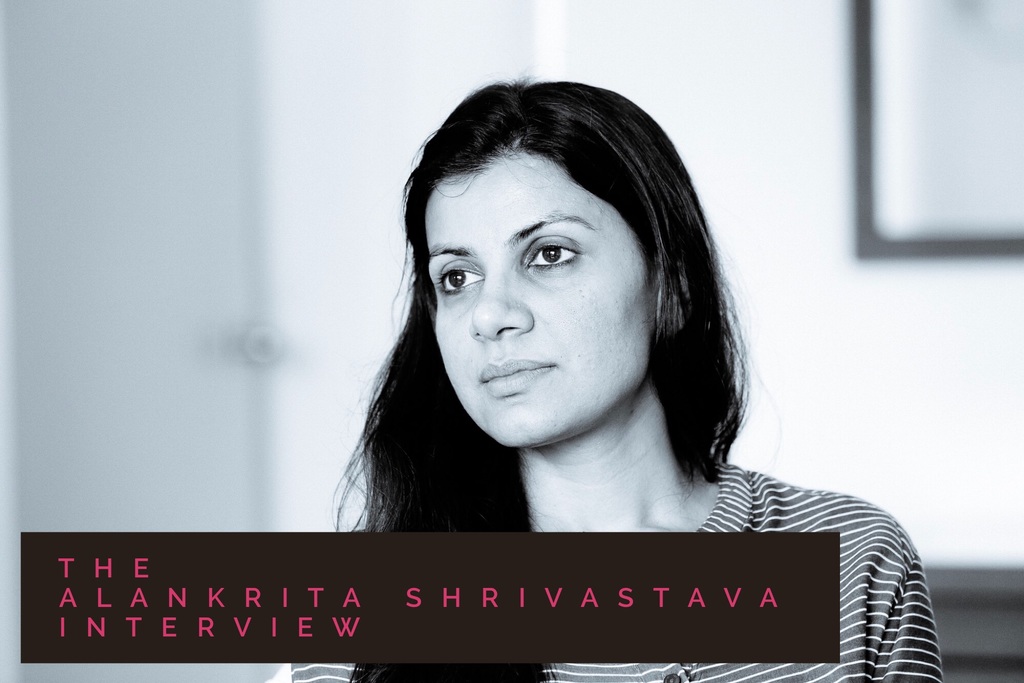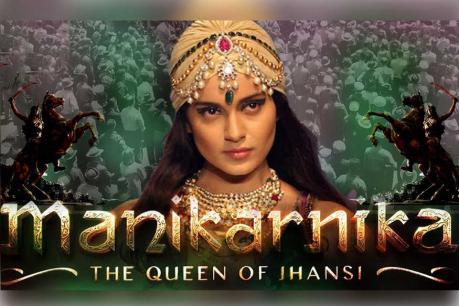It was in a boxing ring the world’s first feature film was born. In 1897, Enoch J. Rector shot a boxing competition between James J. Corbett and Bob Fitzsimmons in Nevada. Now free of copyrights, a part of the film – The Corbett-Fitzsimmons Fight – is available online: A blurry black and white montage of two athletes fighting it out spiritedly in the middle of a crowd. What must have been the appeal of this visibly plain montage at the time it was made, apart from the novelty of its medium?
Sports drama genre has come a long way from being solely about the players on the field, fighting it out for the trophy. Some of the best movies on sports are those that show the audience what lies beneath the euphoric triumphant moments, apart from celebrating the beauty of the sport. Hoop Dreams is not just about two teenagers playing the game of basketball, but about a whole community of underprivileged people who have invested their dreams on these teens. There is the more recent Dangal, directed by Nitish Tiwari, which is a story of grit and determination of a couple in conservative rural Haryana that endured the risk of social isolation for making their daughters wrestling champions.
In 1911, Harry The Footballer, a fiction drama, arguably, the world’s first sports drama film was released. The genre grew formidably in film industries across the world, with films like Raging Bull, Slap Shot and even Olympia, which was made by Leni Riefenstahl in Nazi Germany in 1936, however, the Indian film industry didn’t warm up to the genre for a long time.
In 1956, Tamil superstar MG Ramachandran appeared in a Jallikkattu scene in the climax of Thaikkuppin Thaaram – a sequence that was used to highlight how manly and physically strong his protagonist was. Similarly, in 1959, Prem Nazil, Ummer and Adoor Bhasi appeared as football-playing youngsters in the initial half of Shashikumar’s romantic-comedy Rest House. Although a full-fledged sports drama was nowhere in sight, in 1965, India’s Film Division produced Shanti S Varma’s documentary, Play Better Hockey, which was a guide to the enthusiasts of the national game.
One of the earliest Indian films that effectively tapped the potentials of a sports drama genre was Mansoor Khan’s Jo Jeeta Wohi Sikander (1992) which was centered around a young man, Sanjay (Aamir Khan), a reckless guy who goes through a heartbreak and a family crisis before he transforms into a mature individual. He starts to prepare himself for a coveted marathon cycle race. The climatic racing sequence of the film is dramatic and edgy, ending on a high-note.
In 2000, Ashutosh Gowarikar’s Lagaan took the centre-stage in Indian sports drama category. The film which unfolded on epic proportions, revolved around a bunch of men from a village in Gujarat who took on a sophisticated English cricket team in a cricket match that eventually changed the fate of their village. Lagaan had the right amount of drama that bears the signature of Bollywood, backed by exceptional technical and production departments. Lagaan’s protagonist, a young optimistic and courageous Bhuvan (Aamir Khan) who becomes the one-man army that challenges a mighty empire, and accomplishes it, while also winning hearts, is the perfect model hero. The film has a nail-biting climax that equals the final moments of an India-Pakistan cricket match.
Of all sports categories, boxing is, by far, one of the most cinematic. It is raw, violent and tragic as writer Bruce Babington explains in his book The Sports Film: Games People Play, lending the viewers an adrenaline rush. It can bring to the fore the grittiest and darkest of human nature; to deliver a hard blow on his/her opponent’s face, with a beastly force. Sudha Kongara Prasad’s Iruddhi Suttru (2015) featured a real life boxer, Ritika Singh, as Madhi, an underdog who goes on to win a high-level boxing championship with the help of a rogue Indian coach. Singh’s portrayal of the boxer was utmost convincing, and the film spent an ample amount of time watching her working out on and off the boxing ring. When she was frustrated and heartbroken, Madhi took ‘punches’ on her face, and when she was angry, she gave back the fiercest blows.
Most of Indian sports dramas follow the unwritten rule that the protagonist – the morally superior and hard-working individual the film sympathises with – will win at the end, no matter how physically stronger or prudent his/her rival is. Do we doubt a bit when the under-nourished villagers of Lagaan beat the much-experienced professional cricketers in the English team? In films such as Godha (Malayalam, 2016) and Jo Jeeta Wohi Sikander, the rival sportsperson is portrayed as evil and arrogant. Often, in our sports dramas, it is a fight between the good and the bad, and not between two equally strong sports persons.
Biopics, on this matter, work differently. The story is already well-known, and available on Wikipedia for the public’s perusal. All the filmmakers have to do is choose an angle, construct a compelling narrative, and choose the right actor.
In 2012, Tigmanshu Dhulia made Paan Singh Tomar, a biopic of the medal-winning athlete-soldier who went rogue. The film won a National Award in the best feature film category, and emerged as the dark horse at the box-office. In 2014, Priyanka Chopra flexed her muscles, painted freckles on her face and became Olympian boxer Mary Kom in a biopic directed by Omung Kumar and produced by Sanjay Leela Bhansali. Then followed a string of sports-based biopics in Bollywood, including Bhaag Mikha Bhaag and Dangal.
The cinematic liberties that the filmmakers take in biopics can, sometimes, take the focus off the life of the subject, and adversely affect the authenticity of the film. While an actor from Mary Kom’s native state could have portrayed her on-screen, the makers roped in a star like Priyanka Chopra, for commercial reasons. Now, the film is largely remembered for Chopra’s make-over as a boxer, than for being the tale of a real life boxer who brought laurels to India.
The greatest dangers of making a biopic of a living person is that the film is likely to get reduced to a brand-building exercise instead of an honest film-making attempt. The most striking example is Neeraj Pandey’s MS Dhoni: The Untold Story, a biopic of the Indian skipper that was released in 2016. One of the scenes that was received with the loudest cheers inside the movie halls is where Sushant Singh Rajput (playing Dhoni) approaches Sachin Tendulkar, whose face is hidden from the camera’s gaze, asking for an autograph. There is nothing extraordinary about that scene, except for its placement in the script. The film was made with the wholesome cooperation of its subject, cricketer Mahendra Singh Dhoni. The film was presented by the Rhiti group, which is run by Dhoni’s associate Arun Pandey. The film’s team had roped in Dhoni for the promotions, and the result was that MS Dhoni ended up as a mediocre film that presented Dhoni as a perfect individual who never erred in life. The movie portrays him as a dutiful and obedient son, a responsible colleague, a well-oriented sportsman, a dependable friend, a loving husband and an intelligent, level-headed team captain. Anything that didn’t agree with this polished image of the Indian skipper was deleted from the film.
Recommended
Star sportsmen like MS Dhoni have a huge fan base that got translated into box-office numbers. Biopics on low-profile sports stars like Buddhia Singh and Paan Singh Tomar rely on their unique life-stories that borders on myths. Soumendra Padhi’s Budhia Singh – Born to Run, was a well-researched film on the incredible story of Buddhia, a five-year-old from Odisha who owns the credit for being the world’s youngest marathon runner. Unlike MS Dhoni and other mainstream biopics, Buddhia was a director’s film. Padhi, apparently, didn’t rely on Wikipedia facts, but did a deep ground work, pooled the many versions of Buddhia’s life history from people around him, and chose his narrative carefully.
Now, a biopic of badminton star Saina Nehwal, and another on cricketer Mithali Raj, are in the pipeline. Bollywood actress Shraddha Kapoor, who is known more for her family name and her good-looks than for any acting skill, will be portraying Nehwal in the biopic directed by Amol Gupte. It is also known that actor-producer Sonu Sood is producing a movie on PV Sindhu, the badminton star who won a silver medal at the recent Olympics games. There are rumours that a biopic on tennis star Sania Mirza is also on the cards. Ranveer Singh will be portraying former Indian cricket capton Kapil Dev who brought home India’s first World Cup trophy.



